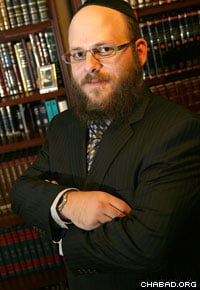The plaintiffs argue that, “Sussex County’s promotion of the Lord’s Prayer shows favoritism towards the majority religion and excludes those residents who don’t share that faith”. They also claim that the prayer pressures those attending the meetings to participate in the recitation of the prayer since the council members can see who is and who is not participating in the recitation of the prayer. The Americans United group also claims that the prayer is incredibly specific towards not only one religion, but one denomination of religion. The rendition of the Lord’s Prayer that is recited is an Episcopalian one. They believe that this particular rendition would be “unfamiliar and disagreeable” to other denomination of Christians such as, Catholics or Congregationalists. Therefore, they argue that this specific rendition of the prayer is not only offensive to non-Christians but also to other denominations of Christians.
I agree with the filing of this case and believe that the recitation of the Lord’s Prayer is an establishment of religion by the County Council. I understand that the saying of the Prayer is a Tradition that dates back 40 years, but that does not mean that it is not an establishment of religion. The continual recitation of a prayer, specifically the Lord’s Prayer, at county council meetings is an endorsement of religion by the state and therefore the court should rule that the prayer is no longer said at the beginning of council meetings.
In Marsh v Chambers the U.S. Supreme Court held that opening legislative sessions with a prayer by a Chaplain was constitutional, mainly because it was something that is a part of the unique history of the United States. However, this case is different from that of the Sussex County Council meetings because the prayer in Marsh v Chambers was read and recited by a Chaplin and not the members in the Nebraska Congress. Therefore, I feel that the Federal Court in the Sussex County Council case will not rule the same way that they did in Marsh v Chambers. The recitation of the Prayer is said by all attending the meeting and the forum in which the meetings are held adds pressure for those attending to recite the prayer. Also, since the Prayer is so specific towards one denomination of Christianity, I believe that the Federal Court would consider the recitation of the Lord’s Prayer an establishment of religion.
Currently, the Americans United group is asking the court to put a preliminary injunction blocking the recitation of the prayer at the meetings, at least until the court reaches a verdict. Do you believe that the federal court will side in favor of the Americans United group? Or do you feel that the court will follow the precedent set in Marsh v Chambers and argue that the prayer is a part of our nation’s unique history?





